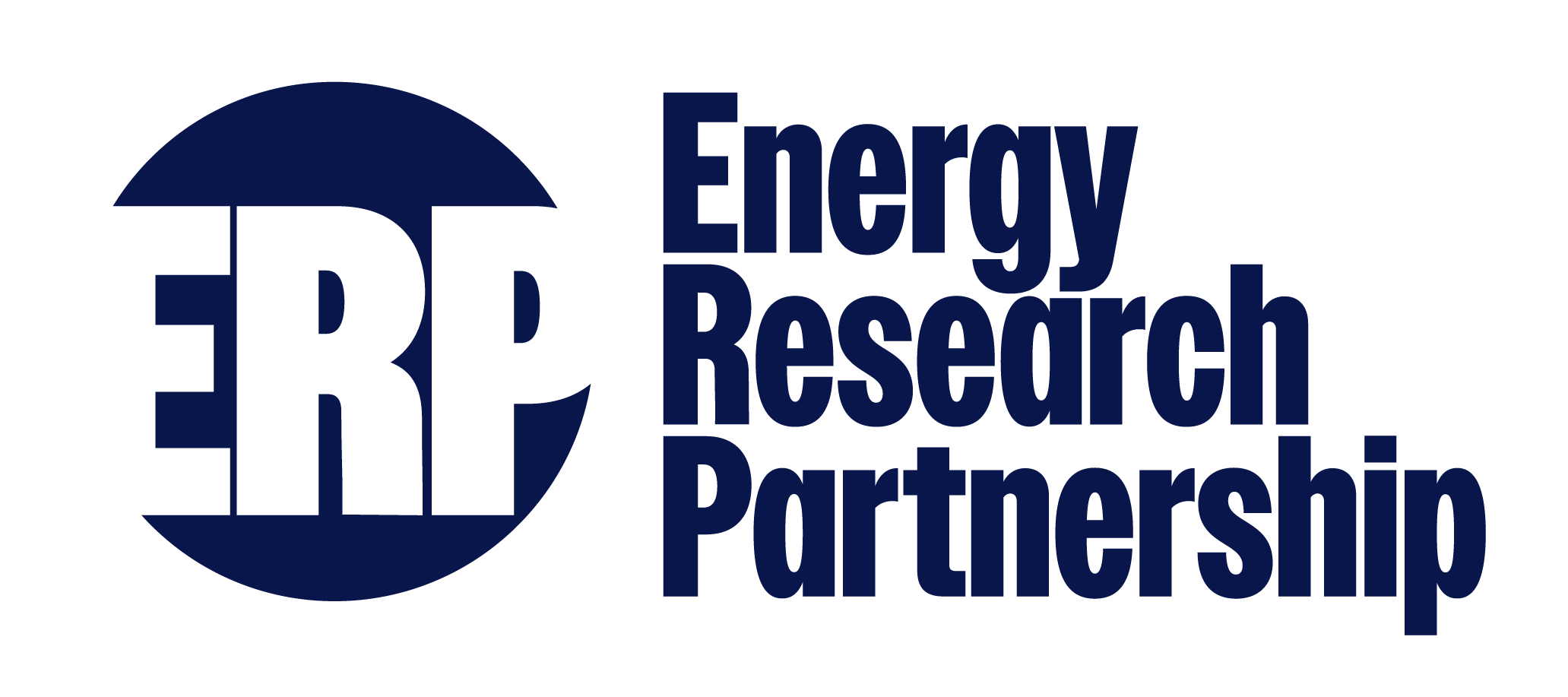Background
Existing works on low carbon pathways and policies have focused on ‘the energy trilemma’: cost of energy, security of supply and carbon emissions, often with a significant emphasis on cost effectiveness. In particular, importance has been placed on achieving the lowest costs in the short-term, with decreasing costs in the long-term.
An area that has been relatively neglected within the development of pathways and scenarios (and related models) is the value and impact of pathways on economic growth (measured in GDP/GVA) and analysis of other socio-economic effects, including at regional levels. Reasons for this relate to current modelling interests and capabilities, and a lack of existing ‘top-down’ or ‘spatial’ models utilised within the UK.
It is well known and accepted that economic and socio-economic impacts can be intangible and complex to measure and define, but there are some existing UK models that can and do assess them.
ERP’s paper addresses the issue of how the UK currently considers and assesses economic impacts and benefits within five of the UK’s major pathway and scenario works. It additionally considers modelling capabilities (now and in future) and highlights other relevant models or works that can assist with analysis in this area. Works assessed within the paper are: 1) CCC’s 4th Carbon Budget Review, 2) DECC’s 2050 Pathways/Calculator & Analysis (with some extra consideration of the Dynamic Dispatch (DDM) model), 3) ETI’s ESME model, 4) National Grid’s Future Energy Scenarios (RESOM model) and 5) the MARKAL ELASTIC DEMAND model used to inform two of UKERC’s Energy 2050 scenario works. The work additionally considers the MARKAL-MACRO and Cambridge Econometrics’ MDM-E3 models.
The paper concludes by making recommendations for how further analysis of economic and socio-economic impacts can be carried out – by utilising appropriate modelling capabilities (existing and new), to help inform policy from both a top-down and bottom-up perspective of the energy system.
Show more
This project:
- Provides a broad overview of how the UK currently considers and assesses economic impacts and benefits within some of its major pathway and scenario works.
- Checks for consistency in the use of these approaches across relevant scenarios and reports.
- Considers modelling capabilities (now and in future) for making these assessments and highlights other relevant models and works that can assist with analysis in this area.
- Provides a summary of key findings and recommendations for potential future work to be taken forward by other organisations/departments.
Key Messages
- Assessments of economic growth and job creation within low carbon pathways have been relatively neglected, although it is accepted that these are complex to measure and define. Current modelling types and approaches tend to focus on 1) cost-optimisation and 2) achieving the carbon targets. There is also a lack of clarity regarding input assumptions used.
- Many works are not designed to make these assessments (it is not within their remit) and incorporating this type of analysis within the models assessed is seen as unfeasible. Impacts on a regional level within the UK (Scotland, England, Wales etc.) are complex to capture and are therefore rarely assessed.
- The type and limited number of macro-economic ‘top-down’ energy models being utilised currently constrains the range and reliability of assessments informing policy. Although these models exist (e.g. the Cambridge Econometrics’ MDM-E3), many are not set up to assess the economic value of low carbon pathways and the range of economic and socio-economic impacts of interest to policy-makers.
- There is a level of uncertainty regarding current and future modelling capabilities (models are designed for a specific purpose and are not always adapted) and a range of opinions as to whether these assessments should be included within pathway and scenario works.
Recommendations
This study has looked at a variety of models and criteria used to make judgements about future low carbon pathways and potential benefits to the UK. It is clear that further work is required to better understand the full range of models available in government, industry and academia to support this assessment, their limitations and how they interact with whole economy models. Recommendations therefore include:
- Further investigation is required to consider how and whether models can be used for more in depth socioeconomic assessments;
- The integration of existing model types should be considered, to enable more socioeconomic analysis and inform policy at a more strategic level.
- Clear communication and transparency regarding the design, premise and limitations of modelling works should be encouraged to avoid the risks of misinforming policy e.g. the effect of economic input assumptions on results obtained.
- Continued and more detailed work to assess the impacts and benefits of specific technologies for GDP, job creation and investment opportunities is encouraged, including at regional levels.
- Analysis of economic growth and job creation should be included as part of, or alongside pathway and scenario works wherever possible. This may involve an additional element of secondary analysis.
- Greater funding support is required for the development of these model types – to improve the quality of outputs and understanding of their potential.
A full list of recommendations and associated ‘Next Steps’ can be found in the Summary Paper and Final Report.
Steering Group
- Chris Pook (BIS) – Steering Group Chair
- Tom Delay (The Carbon Trust)
- Rob Saunders (TSB)
- Will Lecky/Adam Harmon (DECC)
- Emma Edworthy (Welsh Government)
- James Bolton / Aftab Malik (BIS)
- Kenny Richmond (Scottish Enterprise)
- Eric Ling (CCC)

